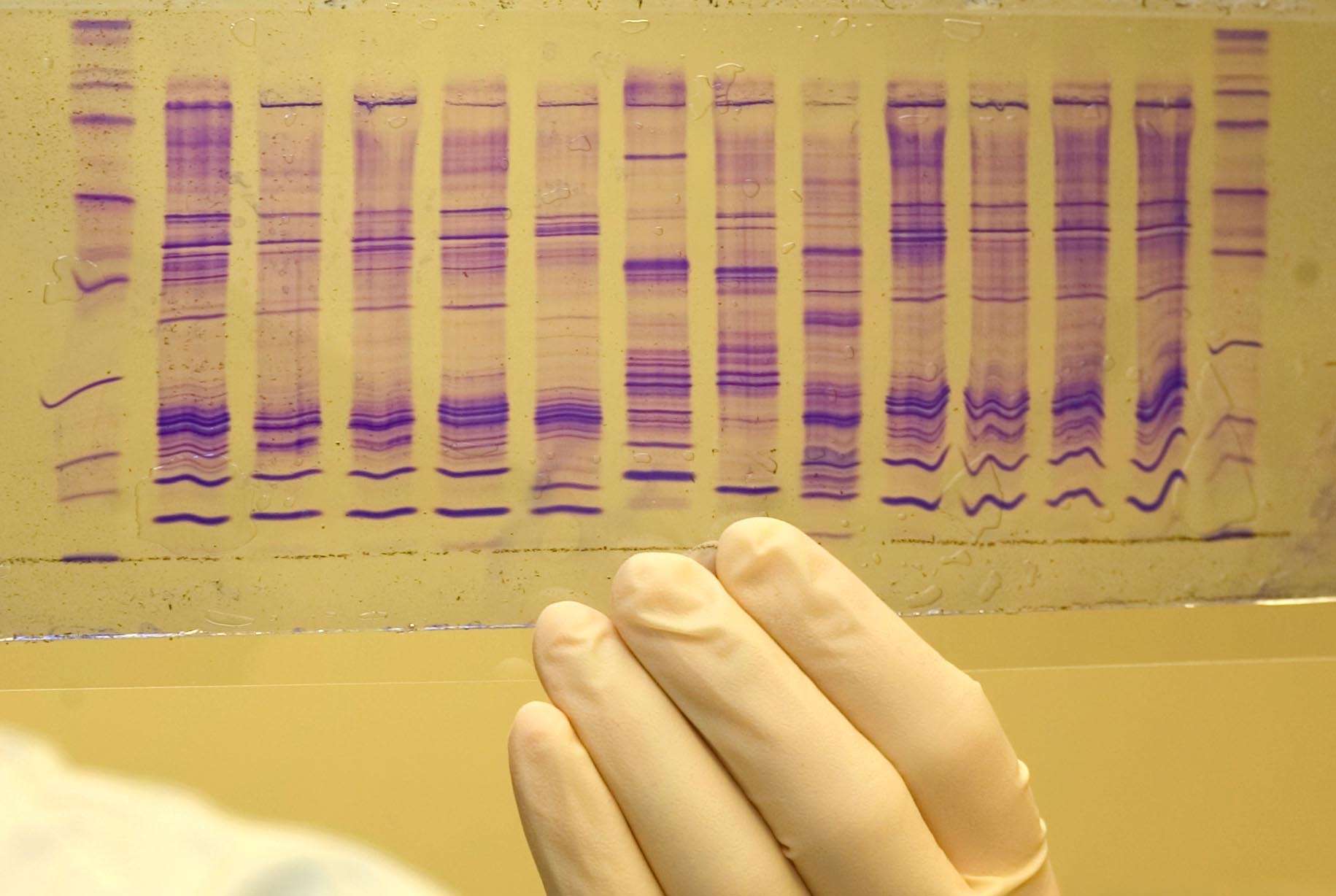A secret algorithm is transforming DNA evidence. This defendant could be the first to scrutinize it.
By Justin Jouvenal,
Boston Globe
| 07. 13. 2021
The Exxon clerk never got a good look at the assailants who robbed him at gunpoint in Fairfax County, so investigators hoped to bolster their case with the smallest of clues: the minuscule number of skin cells one perpetrator left behind when he grabbed the victim’s shirt.
Crime labs that have long pulled DNA from blood or semen have been pushing the frontiers of forensics by teasing genetic material from ever tinier and more challenging samples, such as sneaker sweat. But this time, the Virginia crime lab could not make a match because of a ubiquitous problem: DNA from too many people was on the shirt.
So authorities turned to advanced software that its creator promises will sort complex DNA mixtures much like a prism breaks down white light. The software doesn’t provide a direct “match” but assesses the probability that a suspect’s DNA is included in the sample. In the Fairfax case, police had a tip about one suspected robber’s name, and the software backed it up.
TrueAllele is reshaping DNA analysis, providing key evidence in thousands of homicides...
Related Articles
By Jonathan Matthews, GMWatch | 12.11.2025
In our first article in this series, we investigated the dark PR tactics that have accompanied Colossal Bioscience’s de-extinction disinformation campaign, in which transgenic cloned grey wolves have been showcased to the world as resurrected dire wolves – a...
By Jenny Lange, BioNews | 12.01.2025
A UK toddler with a rare genetic condition was the first person to receive a new gene therapy that appears to halt disease progression.
Oliver, now three years old, has Hunter syndrome, an inherited genetic disorder that leads to physical...
By Simar Bajaj, The New York Times | 11.27.2025
A common cold was enough to kill Cora Oakley.
Born in Morristown, N.J., with virtually no immune system, Cora was diagnosed with severe combined immunodeficiency, a rare genetic condition that leaves the body without key white blood cells.
It’s better...
By Rachel Hall, The Guardian | 11.30.2025
Couples are needlessly going through IVF because male infertility is under-researched, with the NHS too often failing to diagnose treatable causes, leading experts have said.
Poor understanding among GPs and a lack of specialists and NHS testing means male infertility...




